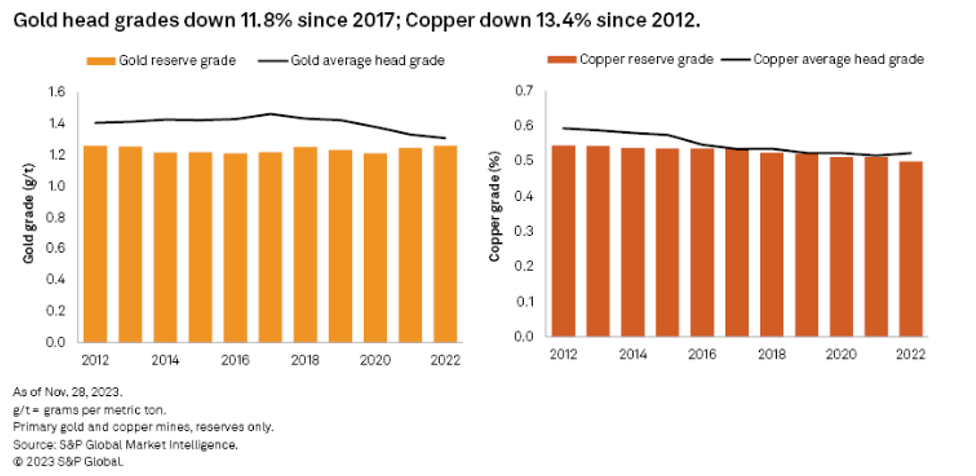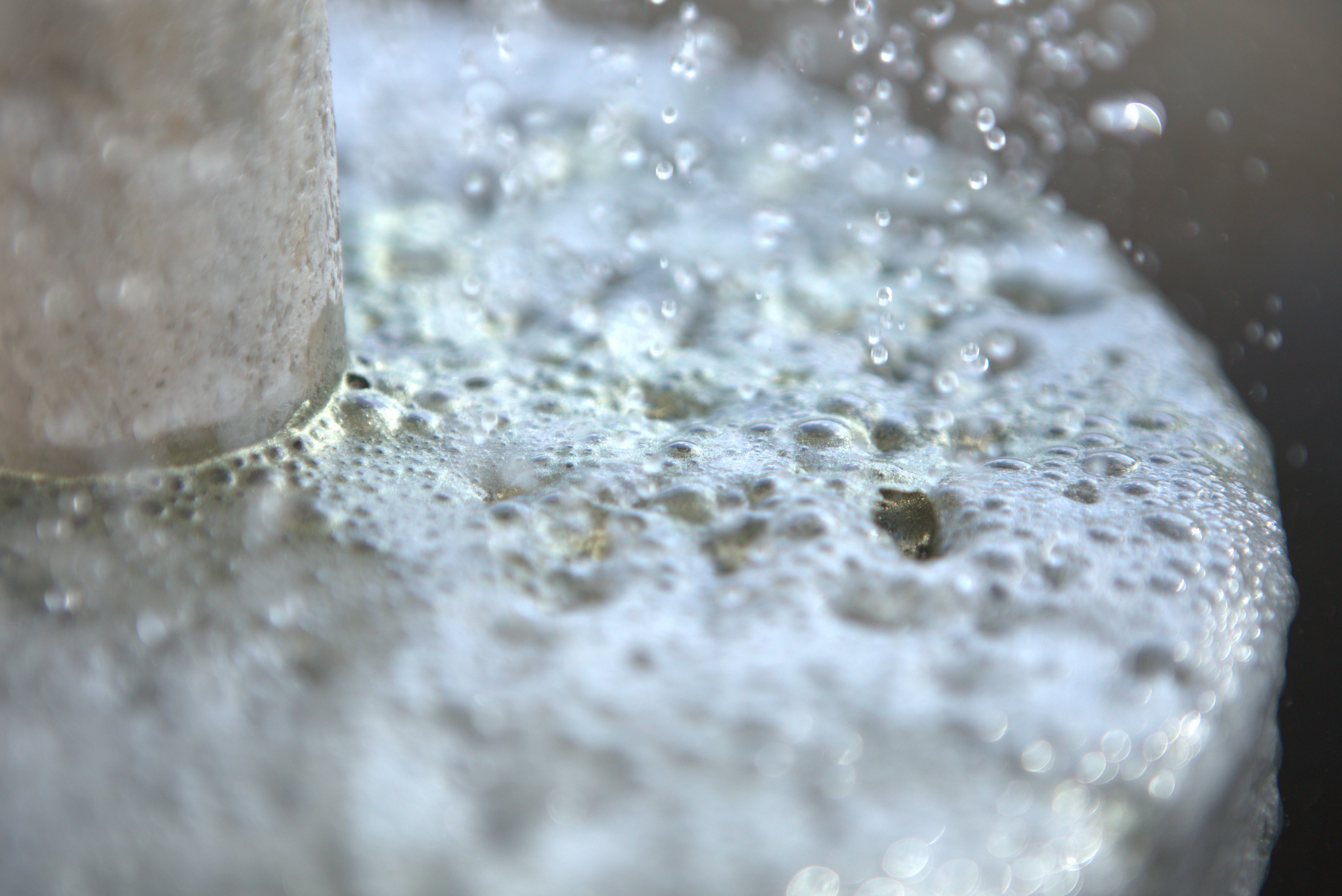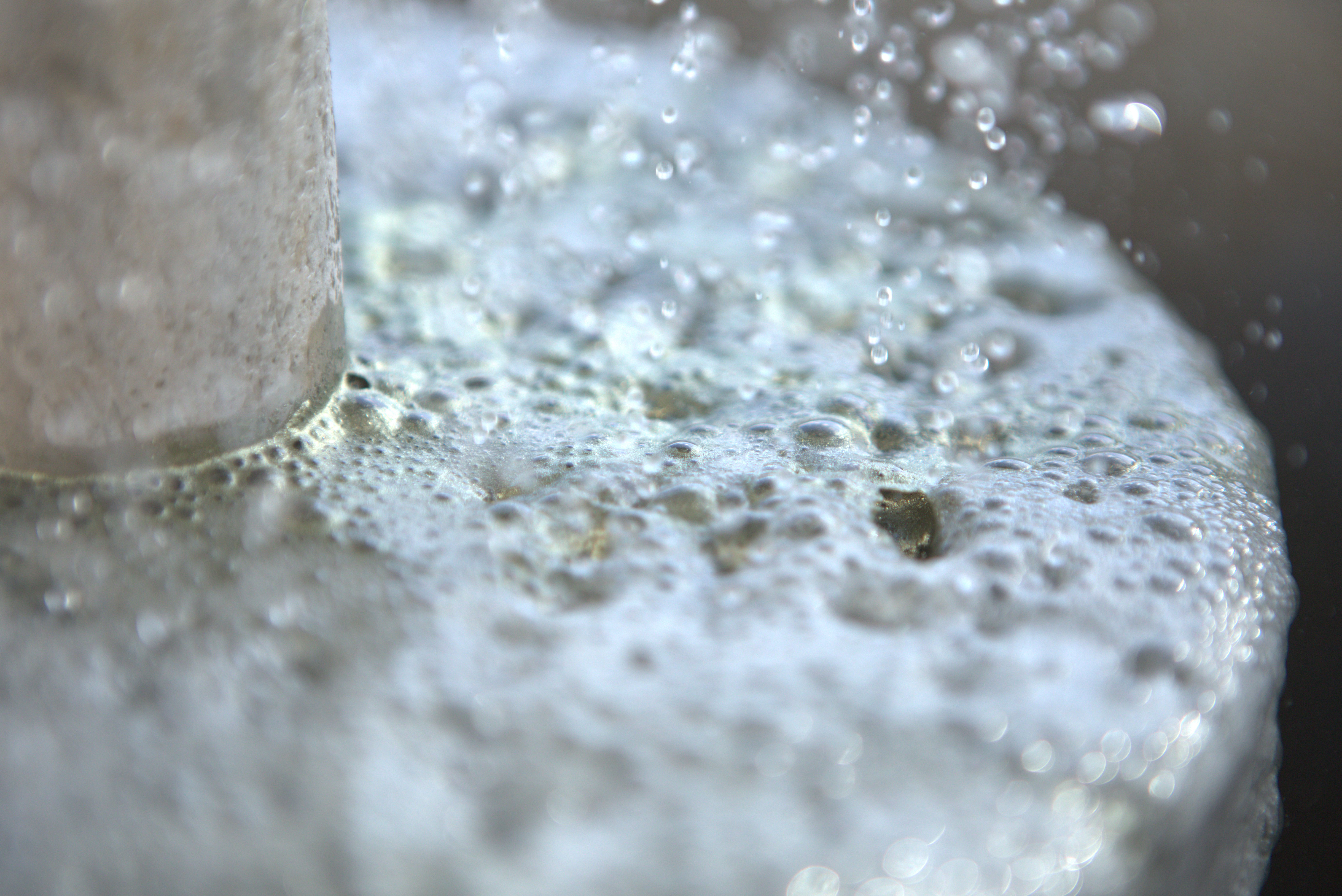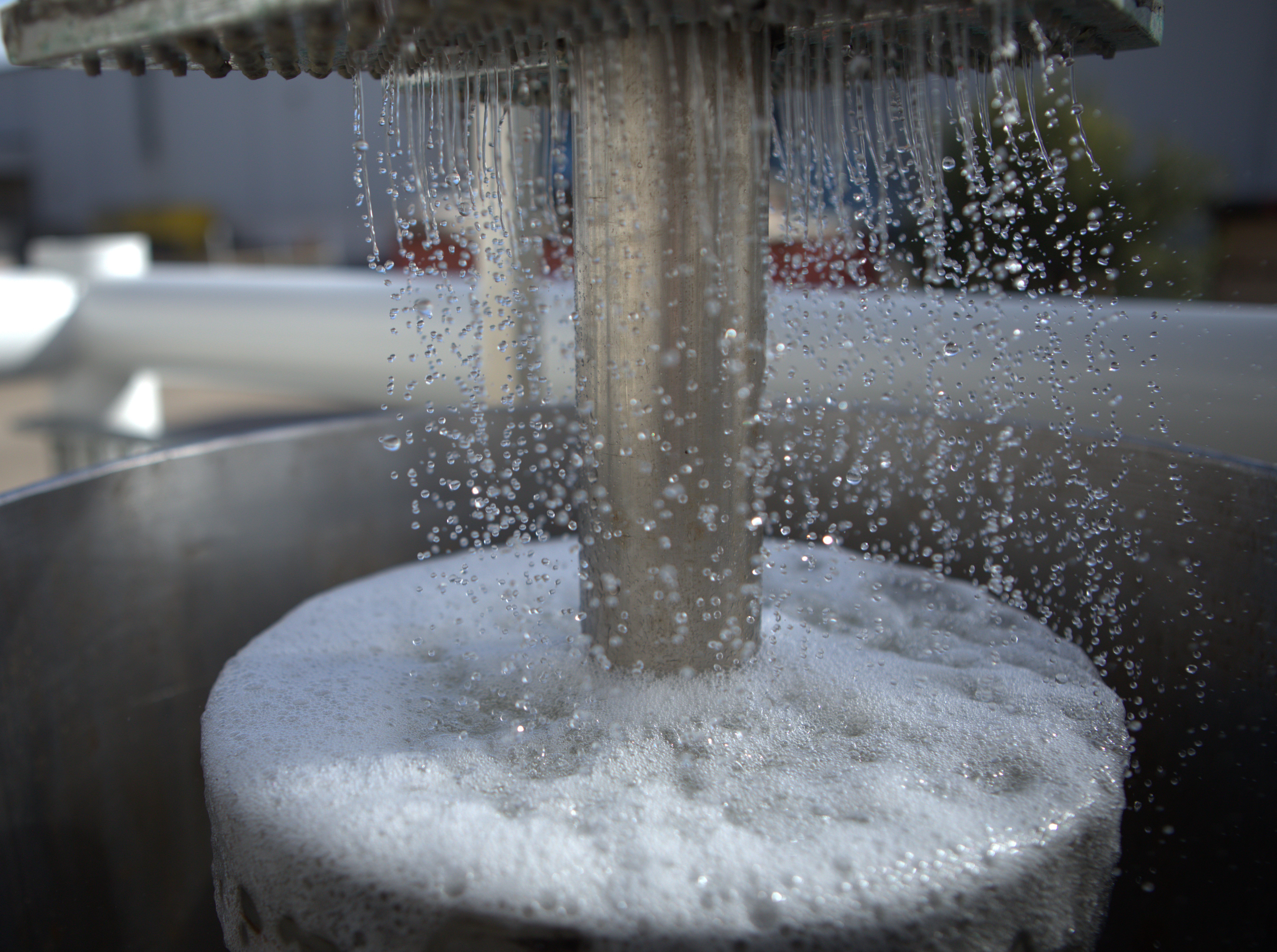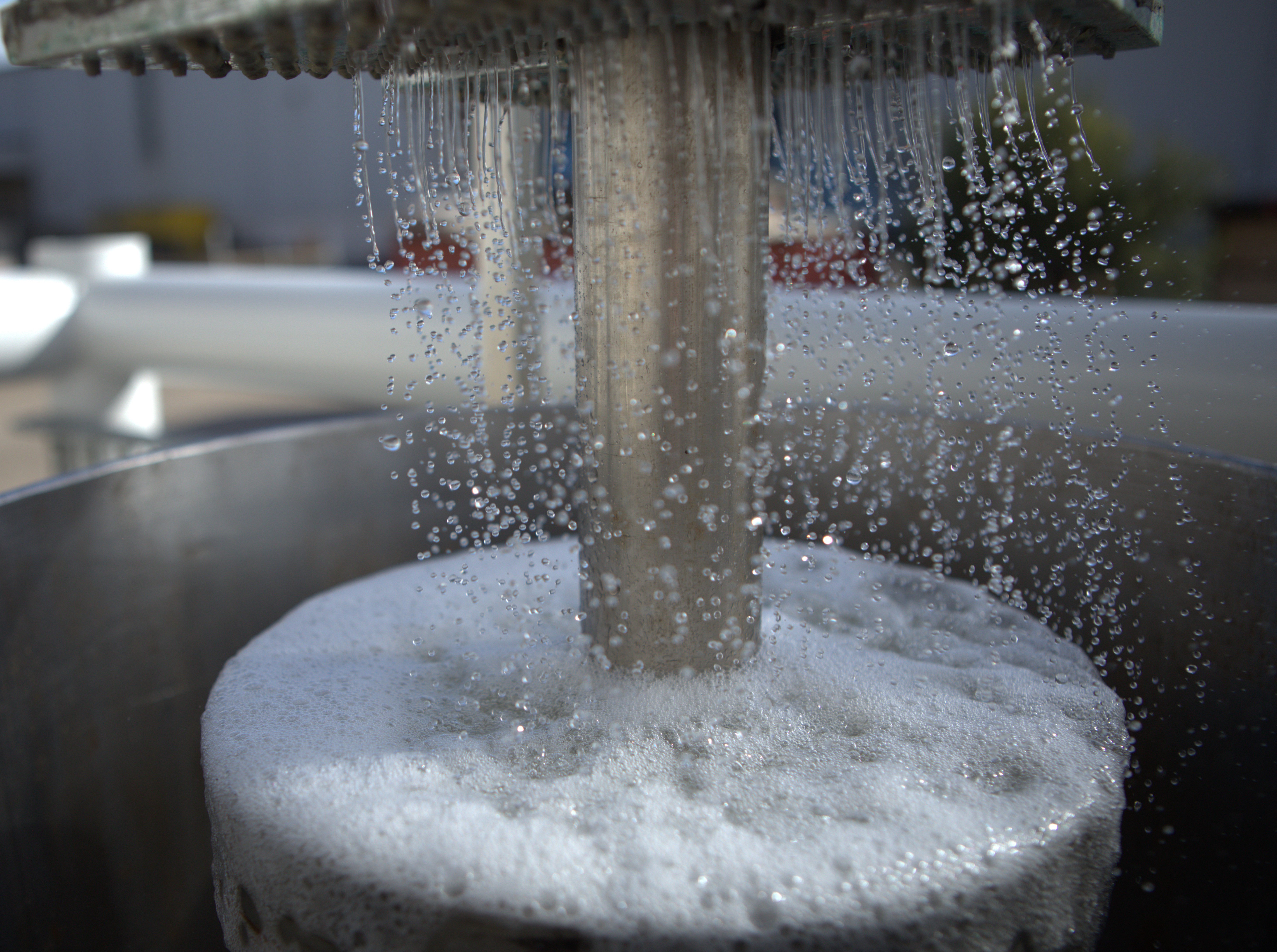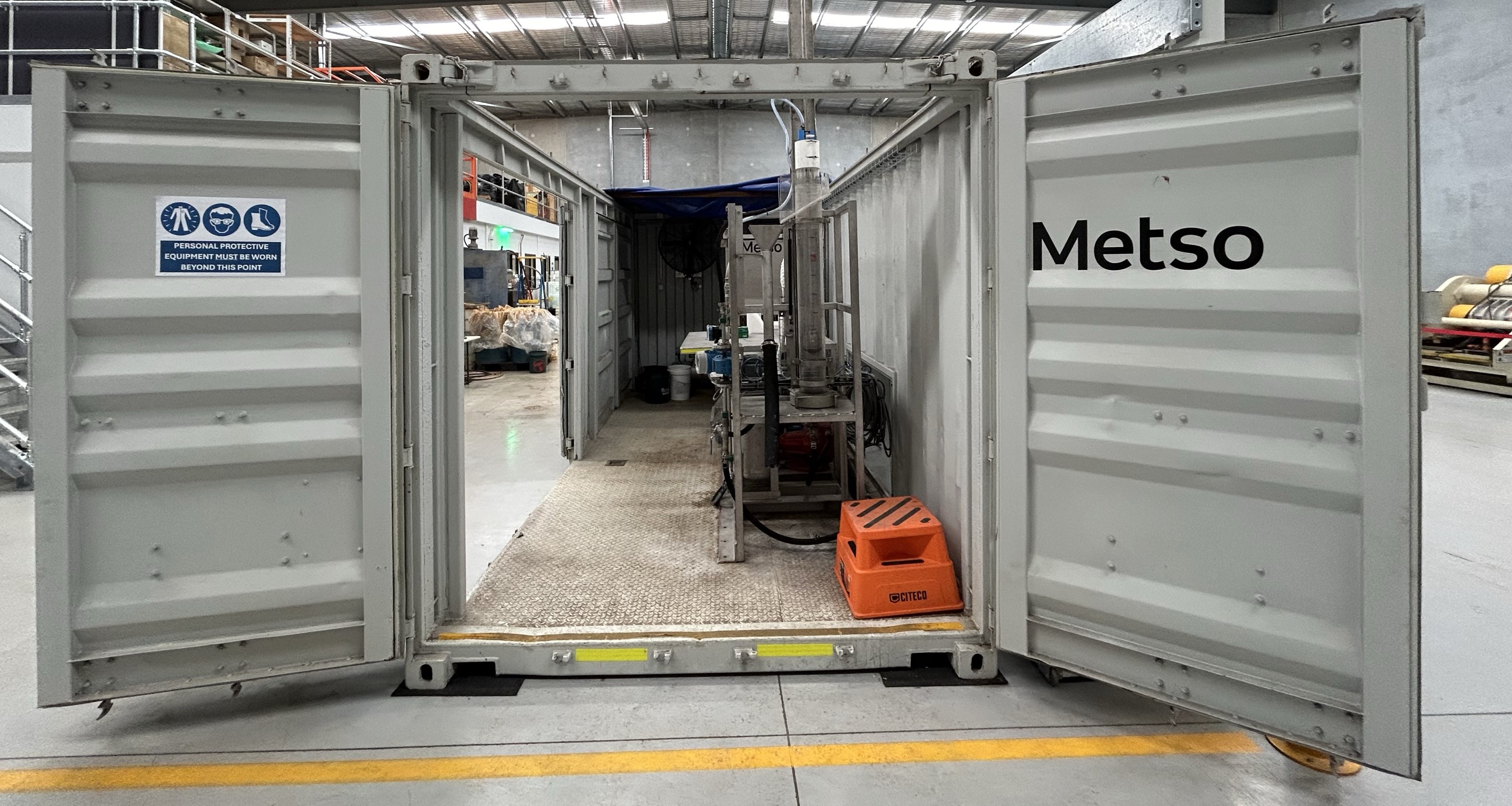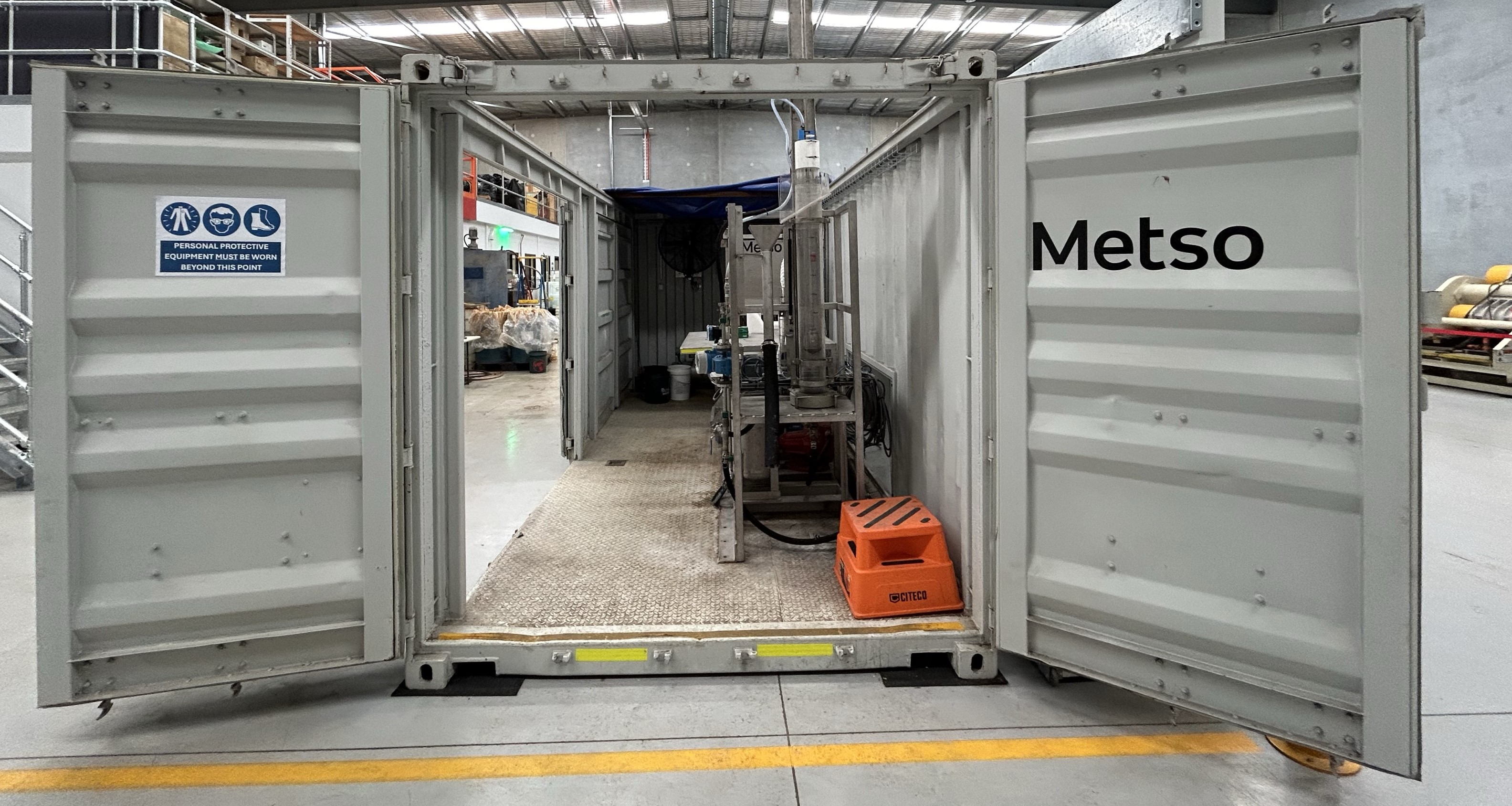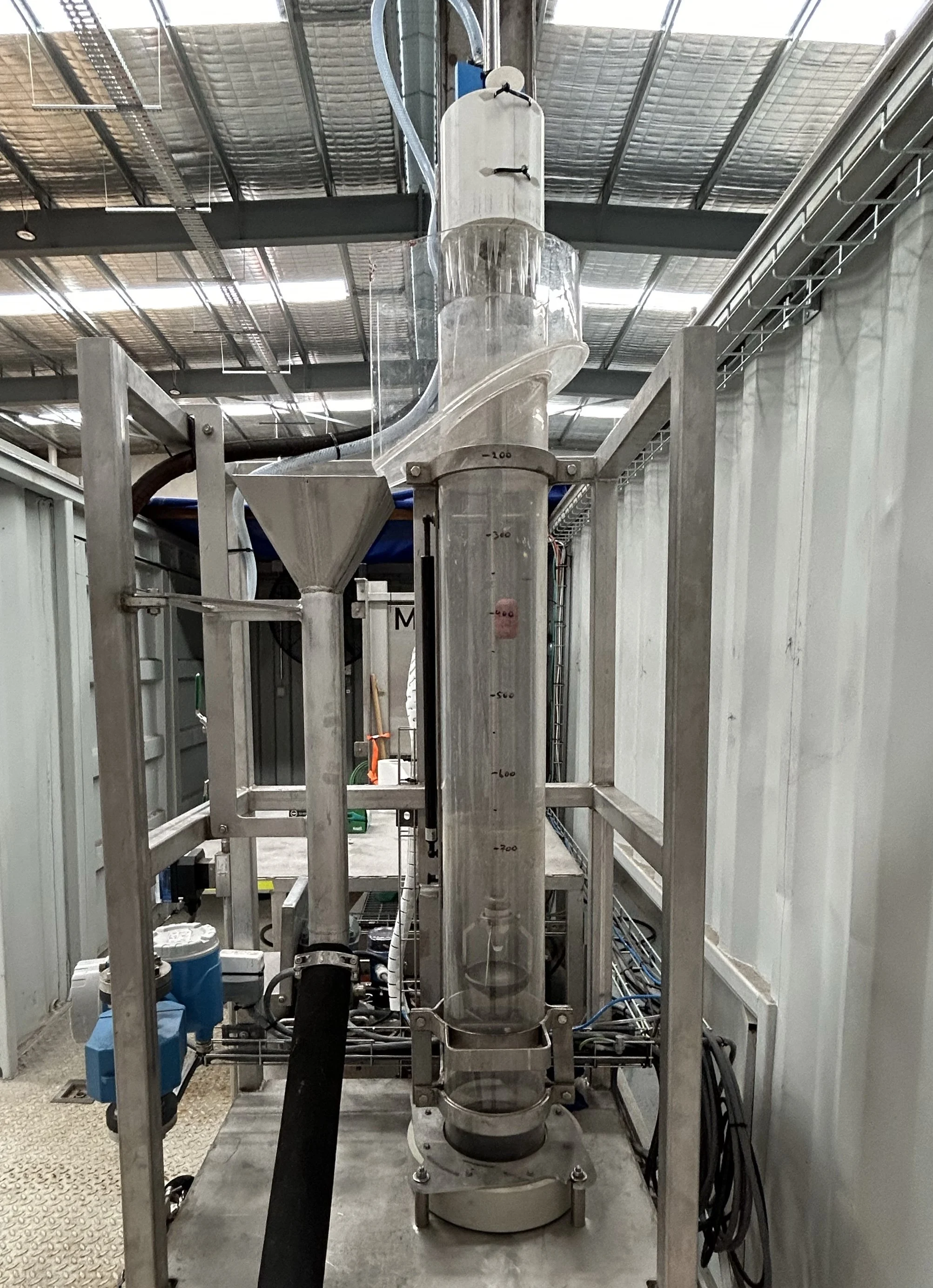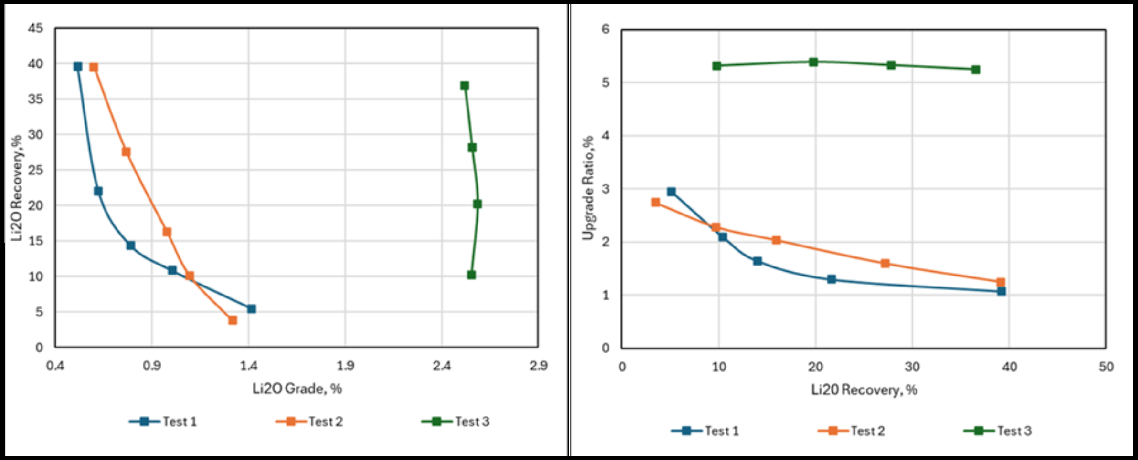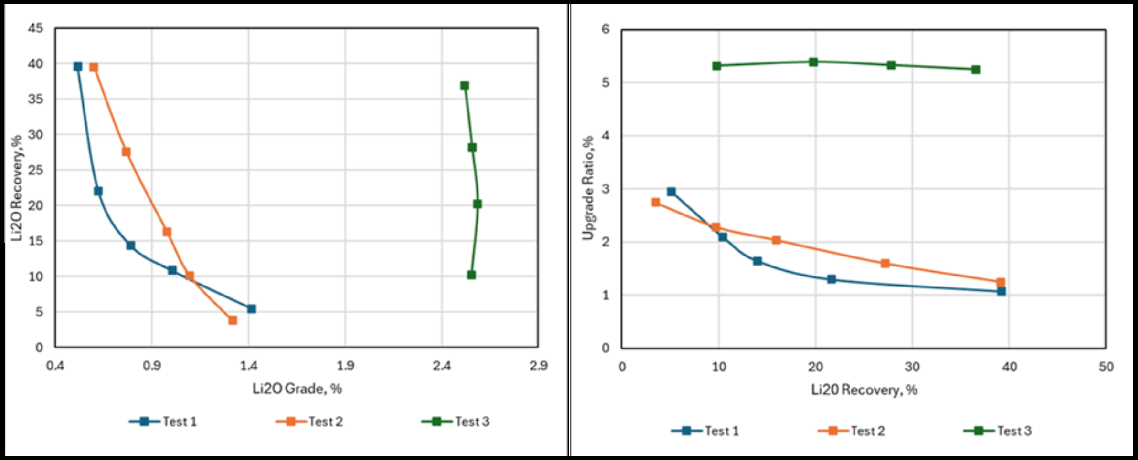Particles smaller than 20µm pose unique challenges in flotation due to their high specific surface area, low momentum, small mass, and high surface energy. These characteristics lead to issues such as:
- Higher Reagent Consumption: Fine and ultrafine particles require increased reagent dosages due to their high surface energy, leading to higher operational costs and environmental concerns.
- Low Energy for Bubble Attachment: The small mass and low momentum of these particles reduce their likelihood to attach to bubbles, affecting flotation efficiency and recovery.
Current research involving traditional flotation technologies, including mechanical and column flotation, show these technologies struggle to effectively recover fine and ultrafine particles. The Concorde Cell™ was developed originally by Professor Jameson and further developed by Metso to address these challenges. Concorde Cell™ enhances the flotation rate and recovery by optimising bubble-particle interactions by reducing bubble size. Creating smaller bubbles with the same overall volume greatly increases the available surface area boosting both collision and attachment efficiencies—crucial for fine particle flotation.
The Concorde Cell™ launched in 2021 and Concorde Blast Tube™ Upgrade, launched by Metso in 2022, represents a significant evolution in flotation technology. This advanced pneumatic flotation cell utilises a supersonic shockwave for fine bubble generation and a high-shear environment, designed specifically to improve the recovery of fine and ultrafine particles. The Concorde Cell™ has been successfully installed in various mining operations globally, including copper, gold, and metallurgical coal.
Understanding the Concorde Cell Technology
The key differentiation between the self-aspirated downcomer and the Concorde Blast Tube are listed below.




